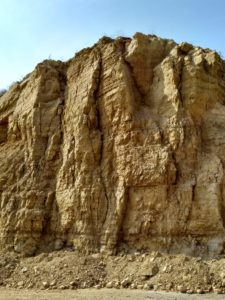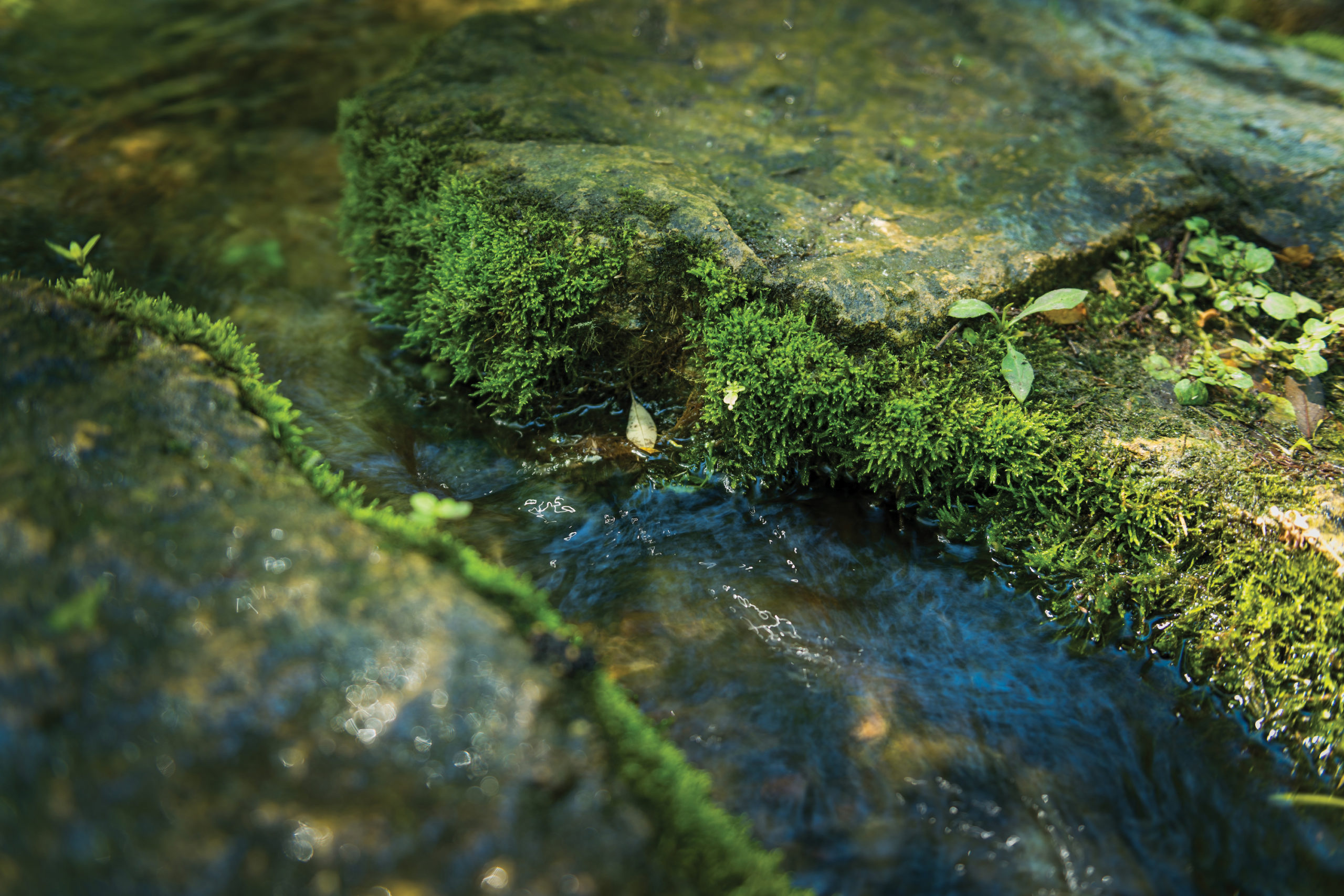
October 21, 2020
By Marie Zhuikov
Low levels of arsenic have been detected in nearly half of the wells in Fond du Lac and Dodge counties in east central Wisconsin. Arsenic is a naturally occurring toxin. It’s been found in every county in Wisconsin and is released from both bedrock and glacial sources. Long-term exposure to high levels of arsenic in drinking water is known to increase risks of skin, bladder, lung, liver, colon and kidney cancer. Arsenic gets dissolved into well water when the rock minerals are exposed to oxygen. This can happen when air in a well shaft breaks down minerals such as sulfides, or even from microbe communities within the shaft (or borehole), which can change water chemistry enough to release arsenic from other sources.
A research project funded by the University of Wisconsin Water Resources Institute is attempting to understand why arsenic is an issue in wells in Fond du Lac and Dodge counties and improve the probability of identifying where arsenic is likely to be a problem for new wells drilled in those counties.
Geologist Eric Stewart is leading the team from the Wisconsin Geological and Natural History Survey who are conducting the one-year project, which began in 2020. They are using 3-D mapping to detect subtle folds in the bedrock surface that could contribute to the chemical reactions that release arsenic into groundwater. They already have some findings.

“What we’ve been learning is that it’s a switch in the bedrock host of arsenic from sulfide minerals to iron hydroxide minerals,” said Stewart. “The fractured rock associated with the folds are creating conditions where the rocks are oxidizing a bit deeper beneath the bedrock surface. Now you have arsenic adsorbed on the surfaces of iron hydroxides rather than within sulfides and that might contribute to an increased probability of it being released.”
Stewart said past studies have suggested microbial life inside well boreholes may create conditions that make the iron hydroxides unstable, which releases the arsenic. Another variable is the difference between the well casing depth and the depth of the bedrock.
“If the well is open to the top of the bedrock surface, those rocks tend to be more oxidized than deeper down. So, you’d be drawing more water from oxidized rock. If you case the well really deep and the difference is large – if you case it 300 feet down from the bedrock surface, then the rocks probably aren’t going to be oxidized. Both the fracturing from folding and how the well’s constructed seem to be influencing whether the well is drawing water from oxidized rock, and that influences the probability of arsenic being released,” Stewart said.
Results of the mapping project could be used to help determine good places for new wells in the two counties. “The model can provide probabilities for detecting arsenic over our cutoff value, which is 2 micrograms per liter,” Stewart said. “Its probabilities are based on location, local geology and well construction practices. That’s the kind of information we could provide to well-drillers.”




